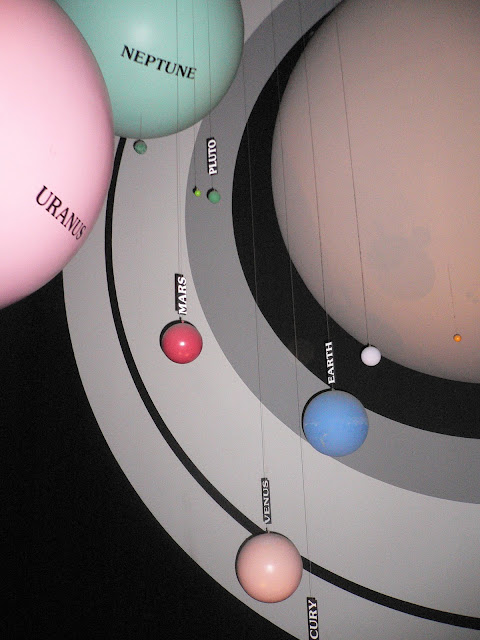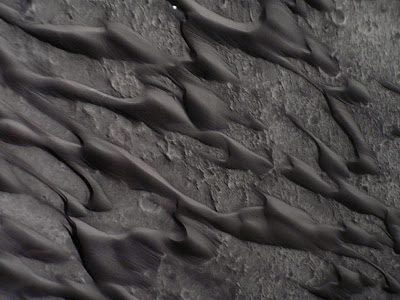Last night we had a Saturday Night Science Party (SNSP) with my Aunt Susanne, Uncle Matt, my two cousins (Skyler, 10, and Clayton, 13), and their 12-year-old friend. This was inspired by the SNSP that Arikia hosted in May. She and a few other Wired.com writers shared drinks, wore silly props (think mustache on a stick), and interacted with science fans via twitter. The most brilliant part was that they broadcasted it online! Using this as a starting point, I added a few twists: family members and hands on experiments. I also omitted live tweeting and a live broadcast. The following is a wrap-up of experiments completed, lessons taught and notable moments.
Experiment: Dancing Raisins
Mix water, baking soda and a handful of raisins in a large, clear pitcher. Add vinegar. Be careful or else the mixture will bubble over (like what we had all over our counter top). In short the raisins fall to the bottom and the gas created by the reaction of vinegar (acetic acid, CH3COOH) and baking soda (sodium bicarbonate, NaHCO3) collects in between the grooves of the raisins. When enough gas has collected, the raisins rise to the surface and the bubbles are knocked off, causing them to fall. The process repeats. It's the electric slide for raisins! Boogie, woogie, woogie, little dried fruit. Boogie woogie.
Extra Credit: Osmosis
Once the dancing raisins experiment was completed and the liquid sopped up from the counter top, my cousin, Skyler, was inspired to show us an experiment that she learned from watching Man, Woman, Wild. She filled a small container with water, raisins, and salt. "The raisins will only soak up the water, not the salt water, and you can eat them tomorrow!”
Experiment: Dry Ice Bubbles
Next it was time for everyone to have clean hands—WITH SCIENCE. Filling a large bowl with hot water and a few squirts of hand soap, I used tongs to add a piece of dry ice. Immediately the water rumbled and layers of layers of carbon dioxide-filled bubbles grew on the surface. The kids scooped them up (being mindful not to dip their hands below the surface of the water) and pretended they were magicians and wizards, squashing souls in the palm of their hand. This simple project was “better than Xbox!” according to my cousin’s friend. Now I’d consider that a success!
Experiment: Dry Ice Ice Cream
Heavy cream, milk, sugar, vanilla and DRY ICE. Mix until desired texture. When it was Aunt Sue’s turn to stir, she started quoting MacBeth, and we chatted about why it’s called dry ice (sublimation). Plus, it’s delicious!
Experiment: Squishy Circuits
I was way excited about this one and I won’t ruin it by trying to explain it. Just watch this.
Extra Credit: Metal Safari
When the counter top was full of clay, LEDs, cream and spoons and the raisins had stopped dancing, my uncle accidentally touched a metal spoon to a sliver of dry ice. He jumped at the response as it shrieked back at him. I asked him for a penny and I pressed Abe’s face to the dry ice. Then everybody began grabbing metal spoons and we found ourselves in a dry ice/metal safari.
I hope to soon host another SNSP but there are a few things I’d do differently. Going unplugged enabled me to focus on the tasks at hand but, with a little preparation, I'd like to live tweet next time. Although I’m enjoying putting this lab report together, I think I would have had more interaction or readers if this was happening live with photos or as a live broadcast (or both!). I also think that with such a young crowd, only two or three of these experiments would have been plenty. I was delighted every time I saw a flash of understanding on a child’s face but I may have overloaded them. Finally, it would help for me to have more Scientists in the room. More people to ask challenging questions, another person to offer an explanation. All in all, I’d consider this a scientific success! Keep your ocular orbs open for another SNSP happening on your computer!















